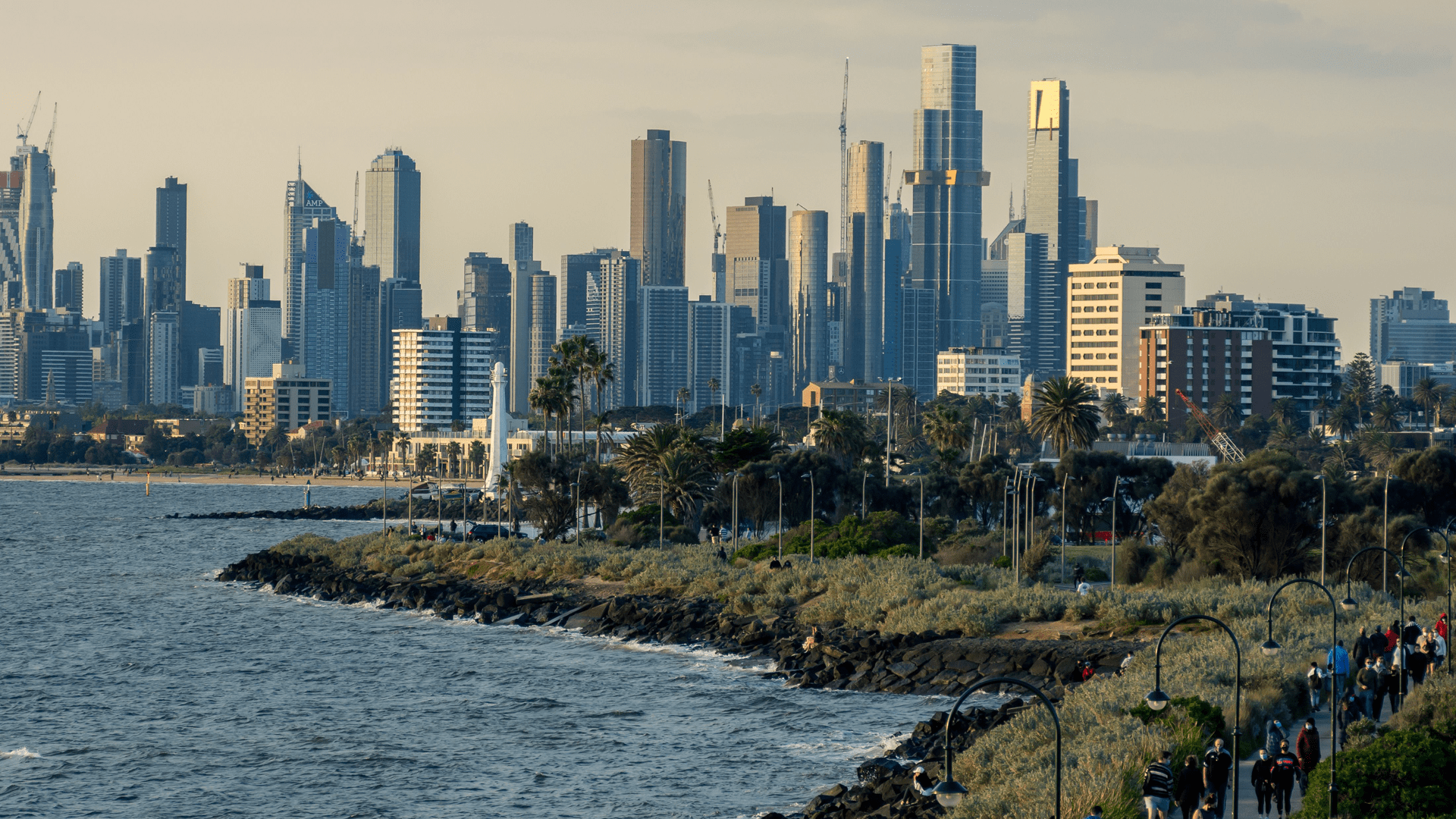One of the big drivers in an area’s price growth is value add in the form of infrastructure. One area that is in desperate need of additional infrastructure is Melbourne’s Western corridor. Particularly around the Truganina and Tarneit areas. I still believe there is an oversupply of available land in these areas and even at this point, the road infrastructure is buckling. Time to fast track the currently unbudgeted road upgrades.
This article by Property Observer’s new editor Jennifer Duke discusses some possible improvement to the delivery of new infrastructure.
By Jennifer Duke ; Wednesday, 12 February 2014
Roads and key state infrastructure projects are being fast tracked in Melbourne’s newest suburbs, according to new guidelines launched by Planning Minister Matthew Guy today. The guidelines, known as the Growth Areas Infrastructure Contribution (GAIC) Works-in-Kind (WIK), are looking to allow the development industry to deliver the infrastructure earlier than what was initially planned for by providing capital works, rather than paying cash. Previously, the GAIC was required to be paid as a cash levy. The charge was designed to cover the contribution of funding essential State infrastructure in Melbourne’s growth areas.
Current 2013/2014 fees are, for Type A land, $86,580 per hectare, and $102,810 per hecatre for Type B-1, B-2 and C land.
“As people move in to new suburbs, we want them to have immediate and easy access to connected roads and transport, employment opportunities and nearby community facilities,” Guy said.
“That is why the new GAIC Works-in-Kind system is so important. Potential projects include provision of an interchange on the Hume freeway, a road overpass in the western growth corridor and a potentially new railway station in the northern growth corridor.”
The issue of developers needing to stump the money upfront has been pointed out many times as one of a number of potential issues surrounding housing affordability, as the costs are then passed on to those buying into the areas. Whether or not this will help bring prices down for new developments and communities remains to be seen.
“These new guidelines will help achieve new infrastructure and promote a more efficient way of planning and delivering growth area infrastructure,” he said.
New housing and infrastructure can be delivered in parallel, “removing the costly need to acquire land later” and allowing an improved integration of public and private facilities.
Infrastructure including arterial roads and freeways, footpaths, walking and cycling trails, health and education facilities, libraries, community facilities, IT infrastructure and stormwater management will all be covered under these guidelines. These can be provided or funded to offset the current charges.
The Metropolitan Planning Authority will be in charge of the process.
“With locations gradually opening up for large-scale residential development in coming years, this is just one way the Coalition government is managing Melbourne’s growth and delivering infrastructure that will benefit future residents,” he said.








